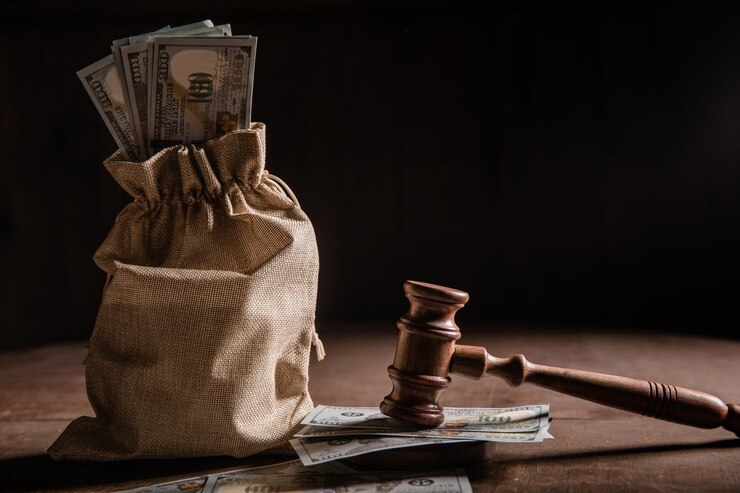
Like-Kind Property: The property being sold and the property being acquired must be of like-kind, which generally means they are both real estate properties. However, there is some flexibility within the definition of like-kind, allowing for exchanges of different types of real estate.
Investment or Business Use: Both the relinquished property (the property being sold) and the replacement property (the property being acquired) must be held for investment or used in a trade or business. Personal residences or properties primarily held for personal use do not qualify.
Timing: There are strict timelines that must be followed in a 1031 exchange. The investor must identify potential replacement properties within 45 days of selling the relinquished property. The acquisition of the replacement property must be completed within 180 days or by the due date of the investor's tax return, including extensions. It's important to note that weekends and holidays are included in the count.
Qualified Intermediary: A qualified intermediary must be used to facilitate the exchange. The intermediary holds the proceeds from the sale of the relinquished property and uses them to acquire the replacement property, ensuring that the investor does not have actual or constructive receipt of the funds.
Proper Reporting: The exchange must be properly reported on the investor's tax return using IRS Form 8824. This form provides details of the exchange, including the identification of the relinquished and replacement properties and the calculation of any taxable gain.
















